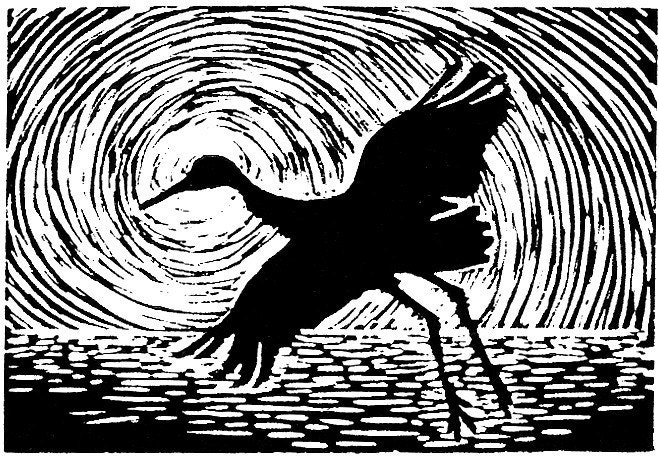1. There are four types of Printmaking:
- Relief- Common on stamps. Wood or linoleum is cut with a sharp tool so that the raised portion is the only part seen on the paper.
- Itaglio- Most commonly seen on dollar bills. The lowered areas are printed instead of the raised portion. A substance called "ground" is placed on a copper or zinc sheet. A etching tool is used to expose the metal while drawing the picture. Acid is then dropped on the sheet and a thick ink is rubbed into the grooves. Damp paper is then placed on top and the image and paper are run through the press.
- Lithography- The artist draws on a stone slab with a greasy crayon. Then they roll ink onto the stone causing only the greasy crayon to show up witch allows the artist to make a print.
- Stencil- Used to create an image on clothing or paper. A screen is pulled across a frame, then using a hand-cut print painted with tusche or using photosensitive emulsion an opening is created in the screen where the ink can pass through the screen
2. Lithography uses the general principle that oil and water do not mix. To start, the artist draws the image using a greasy crayon on a stone. The artist then rubs water onto the stone. Ink is then rubbed all over the stone so that the ink is only attracted to the greasy image because the water repels the grease. The print can then be made by placing the paper on the stone and putting it through a press.


No comments:
Post a Comment